
This article is part of FT Globetrotter’s guide to Vancouver
Light filters through a canopy of towering Douglas firs. Trunks stretch upwards toward a band of blue sky. Bird song slices through the silence.
We are instructed to stand still, feet planted in the earth, feeling the breeze on our skin, inhaling the scent of dirt and pine, listening to creatures scuttling in the undergrowth. Every so often, we make a quarter turn to face a different part of the forest, senses trained on the altered dimension. Here, a dapple of sunlight on my face. There, the drone of sun-drunk insects. The 360 completed, we open our eyes and greet the tree directly in front of us, registering it as if for the first time.
Despite first appearances, this is not the initiation ceremony of a tree-worshipping cult. Rather, I am taking part in guided forest-bathing in Vancouver’s Lighthouse Park, an old-growth temperate rainforest hugging the shores of West Vancouver. It is the sole remaining first-growth Douglas fir forest in the region, a 75-hectare paradise that extends to meet the cliffs overlooking Burrard Inlet. The tree-greeting exercise, as far as I can tell, is an effort to get you to fully arrive here, quieting the chattering mind to better hear the surround sound of the forest-scape.
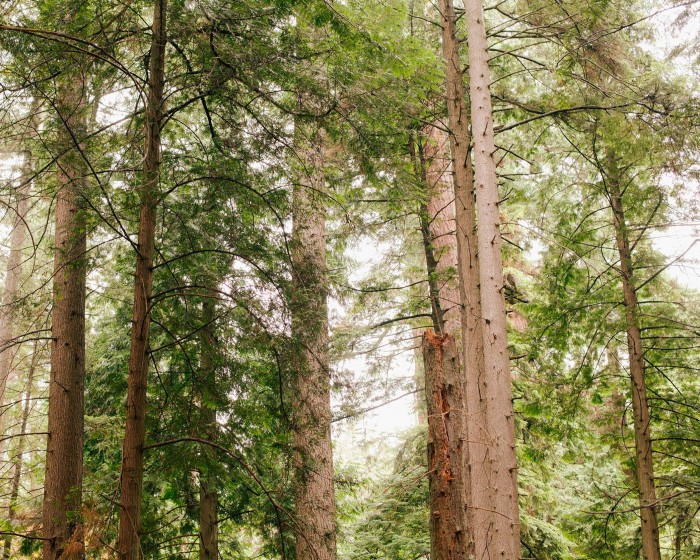
There are 10 of us taking part in the session run by Talaysay Tours, a company founded by Candace and Larry Campo, Shíshálh (Sechelt) and Sḵwx̱wú7mesh (Squamish) Nation members. Its remit spans Indigenous tourism and land-based education, celebrating Indigenous culture and history through tours such as Talking Totems and Song of Birds. The two-hour forest-bathing costs C$74 ($54/£42) a head, and features mindfulness activities, guided meditations and tea made from foraged local berries.
The idea of guided forest-bathing might seem a little absurd. Why not just take a walk in the forest? Why the yoga mats and tree-focused meditations, intentional walks and guidance cards?
Talaysay offers it as a way of “experiencing nature intentionally and mindfully to reconnect with your original essence as part of living creation”. The practice blends mindfulness and meditation with a forest immersion. While its roots lie in Japan, it has been co-opted by the west in recent years, taking up residence in the self-help vernacular alongside sound baths and sensory deprivation tanks. Luxury hotels and boutique stays now offer it to guests. Justin Bieber and the Princess of Wales are among its fans.
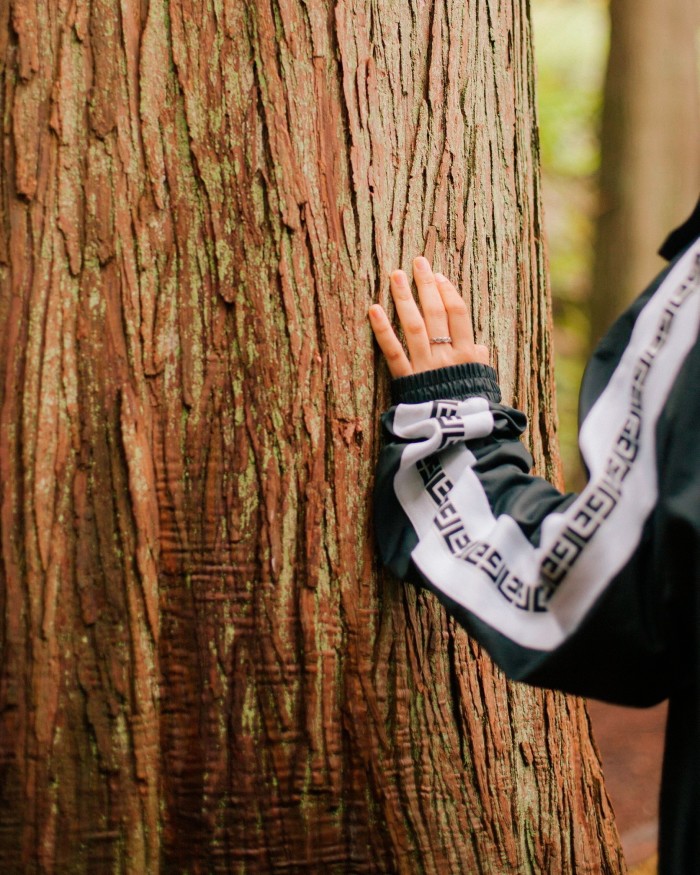
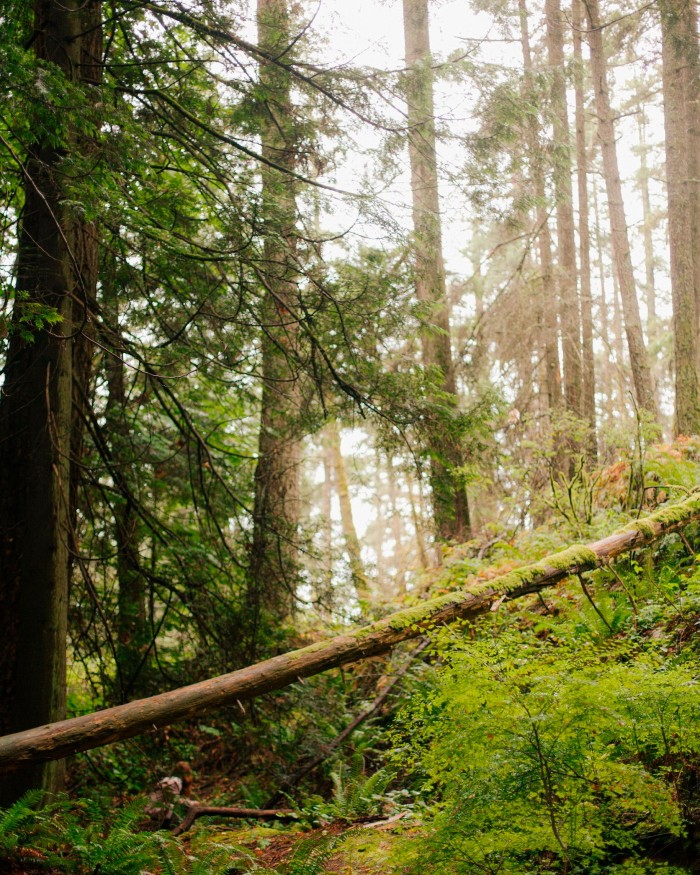
The practice, known as shinrin-yoku, originated in Japan in the 1980s in response to karoshi — death by overwork. Dr Qing Li (the godfather of forest-bathing) noted the toxic work culture ravaging the nation’s people and prescribed an antidote: an immersion in nature. There was little research to support the theory at the time, just the hunch of a nature-inclined doctor. Nonetheless, his pill was swallowed wholesale by the state. Trails were carved through Japan’s verdant forests, government-certified guides abounded and promotional initiatives encouraged citizens to take to the forest.
Since then, there has been an abundance of research into the phenomenon, and forest-bathing has catapulted to a worldwide practice. It is on the rise in Vancouver, and Canada more widely. Parks have begun to establish “forest therapy” trails and the University of British Columbia is researching its purported health benefits.
The region is well suited for such activities. Part of a temperate biome extending from northern British Columbia to Oregon, it is renowned for its magnificent, primordial forests and mammoth trees. About 60 per cent of British Columbia is cloaked in forest.
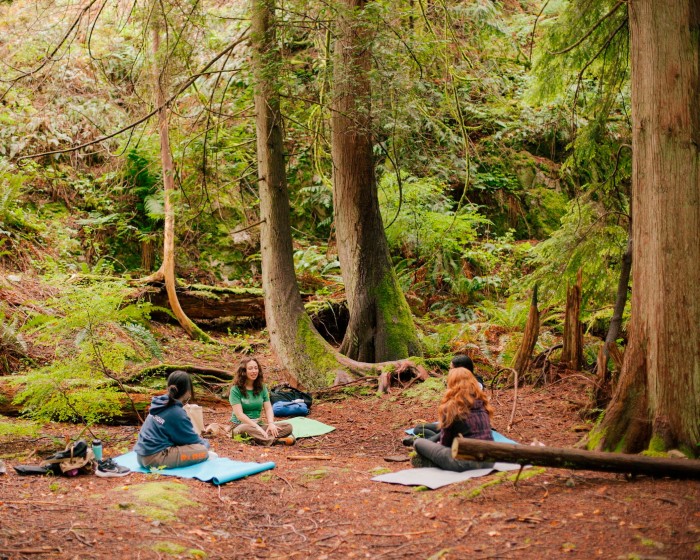
Research suggests that spending time in the forest could lower one’s heart rate, blood pressure and levels of cortisol (the stress hormone), as well as diminishing mental fatigue and irritability — and even possibly strengthen the immune system. Trees release airborne chemicals called phytoncides, which, according to studies spearheaded by Li, boost white blood cells and thus the body’s resilience to infections and illness.
I am an easier convert than some (I will, and do, hug a tree when the impulse seizes). Others in our group were more sceptical — about the idea generally and also the post-activity sharing circles, where we had to talk about our experience.
But there is something to be said for the deliberate honing of attention on your surroundings, for a more conscious engagement with nature — taking the time to truly listen, observe, smell. This is especially so in our screen-addled world where the first instinct when witnessing something beautiful in nature is to whip out a phone and snap it.
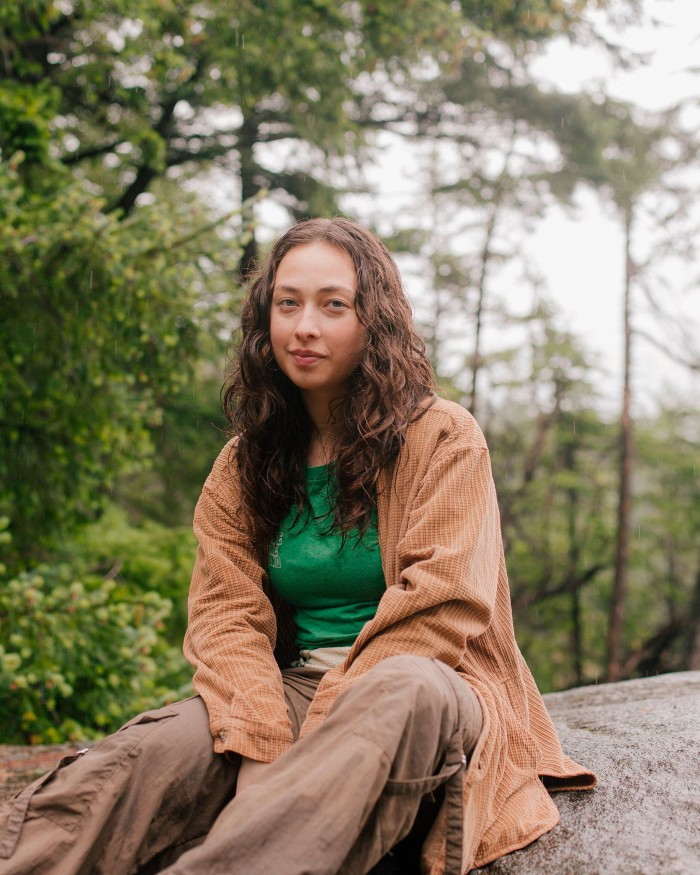
“When you’re hiking, you have a destination,” our guide, Taylor McKee, 22, says, “whereas forest therapy is about getting out of your head and into your senses and really connecting with yourself, your body and the land around you.”
McKee has been leading forest-bathing sessions for the past two years, for locals and tourists alike. Her interest in the practice was born out of a longing to connect to her roots. She is Japanese-Canadian; her grandmother was born in an internment camp in Canada in the aftermath of Pearl Harbor. Practising traditions such as shinrin-yoku was an attempt to reclaim her culture and reframe her past.
When we each take a little solo walk through the forest, we’re told to look for things. Go slowly, McKee says. The slower you are, the more you see. And it’s true. My focus shrinks and broadens at the same time. As well as the branches swaying overhead, I watch a curled leaf float to the ground, a caterpillar shuffle along a stem, the tiny budding of a berry.
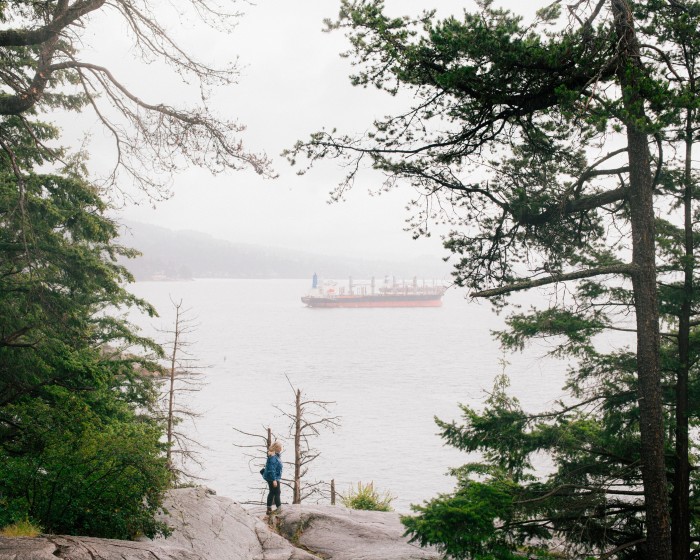
For our final activity, we each pick a spot to sit on the cliffs facing toward the glittering waters of the fjord. The theory is that if you sit still for 20 minutes, nature will return to its original, undisturbed state. As I sit in stillness, small creatures emerge from the brush. Yellow birds flit between the treetops. A butterfly dances around me before landing on a moss-laden trunk. All is calm and serene.
Jessica Rawnsley was a guest of Destination Canada and the Shangri-La Group
Have you tried forest-bathing, and if so, what did you make of it? Share your experiences in the comments below. And follow FT Globetrotter on Instagram at @FTGlobetrotter
Cities with the FT

FT Globetrotter, our insider guides to some of the world’s greatest cities, offers expert advice on eating and drinking, exercise, art and culture — and much more
Find us in Vancouver, New York, London, Tokyo, Paris, Rome, Frankfurt, Singapore, Hong Kong, Miami, Toronto, Madrid, Melbourne, Copenhagen, Zürich and Milan